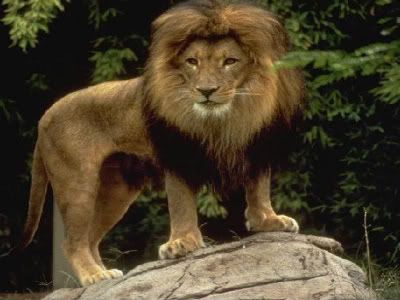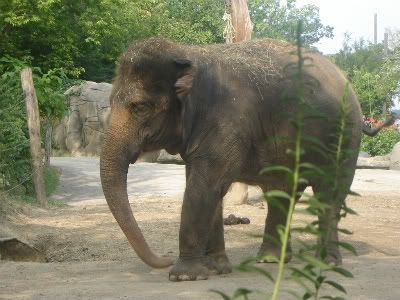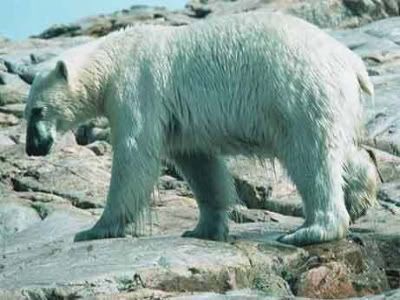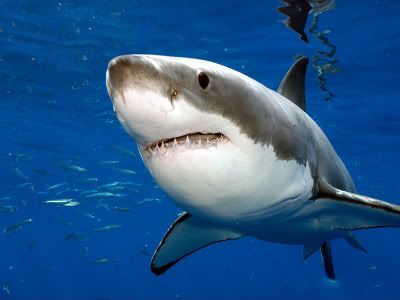
'KING OF BEASTS" IS A WELL-DESERVED TITLE for this proud and powerful predator. The lion is everyone's idea of a big cat, equipped with sharp teeth and huge paws to bring down large prey. A threatening roar and the male's magnificent mane complete the picture. Lions dominate their domain - zebras and antelopes become nervous when they're near, while cheetahs and leopards back away from their own kills.
Hunting Together
Lions hunt and eat a wide range of animals, from small rodents and reptiles to young hippos, giraffes and even elephants. Their main prey are medium-to-large mammals such as zebras and antelops. The lionesses do most of the hunting, working as a team - one may run at a zebra herd to panic its members, while driving a vulnerable, slow-moving animal towards the other lionesses, who move in for the kill. Males join in when the prey is particularly large. Even if the lionesses make the kill, the males always eat first, taking the choicest pieces of meat. Although lions drink water regularly when it is available, they can survive without it, deriving liquids in the form of gut contents and blood from their prey. This allows them to survive in arid climates.
Female Bond
All the adultfemales in a pride breed at roughly the same time, which allows them to raise their young communally. Cubs are born in a well-hidden lair and suckled by both their mother and other breeding lionesses in the pride. They are taken to kills at four to eight weeks of age, but don't participate until they are almost a year old. They continue to be fully dependent upon adults for food until 16 months of age. Cubs face numerous dangers, and fewer than half survive their first year. Males leave their pride between the age of two and four; females remain unless they disperse to form a new pride.
Safe Havens
There are between 30,000 and 100,000 lions in the wild, mostly in eastern and southern Africa. However, they are becoming increasingly rare outside national parks and reserves. They are still prized as a hunting trophy and are frequently killed because they are seen as a threat to people and their livestock. Outside national parks, the constant conversation dilemma is to balance the needs of people who want to graze their livestock against the right of the lion to exist in its natural habitat.
Pride Lands
Lions are the only truly social cat, living in groups called 'prides'. A pride usually consists of around four to eight closely related females, along with any offspring and occasionally males, one of which is dominant. Males form coalitions which move from pride to pride in their area, depending on when females are ready to breed. They then defend the females and the pride's territory, which they mark by spraying urine on bushes. Lions communicate with each other with various sounds, but are best known for their roar. This lets other pride members know where they are, and also warns other males to keep away. A lion's roar can be heard several kilometres away.
STATISTICS
Status : Vulnerable
Social Unit : Group
Length : 1.7 - 2.5 m (5 1/2 - 8 1/4 ft)
Tail : 0.9 - 1.1 m (3 - 3 1/2 ft)
Shoulder Height : 1.1 m (3 1/2 ft)
Weight : 150 - 250 kg (330 - 550 lb)
Sexual Maturity : 3 - 4 years
Breeding Season : Any time of year
Gestation Period : 110 days
Number Of Young : 1 - 6
Breeding Interval : 20 - 30 months
Diet : Mainly antelope, buffalo, wildebeest, zebra and warthogs
Lifespan : 13 - 20 years






